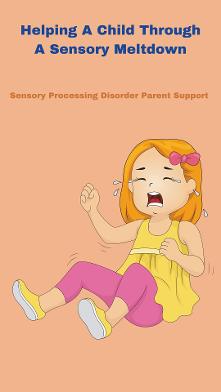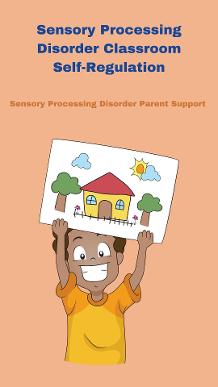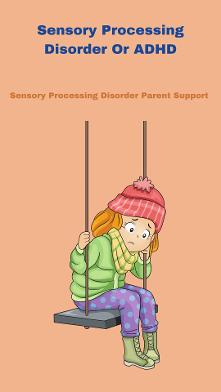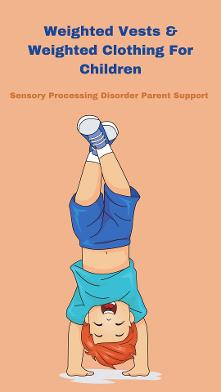Sensory Processing Disorder Classroom Routine Accommodations
Classroom routine accommodations for children who have sensory processing disorder is so important because they need consistency.
Children who have sensory differences will thrive with routines and predictability. It is very important to have a consistent classroom routine and follow it as much as possible.
This routine should include regular sensory breaks and sensory activities to help the child regulate their sensory systems throughout the day while they attend school.
Providing a warning ahead of time for any changes in their routine is so important. Children with sensory processing disorder may become overwhelmed and anxious if their routine unexpectedly changes. When you give them warnings ahead of time, they can prepare for the change and avoid a potential sensory meltdown.
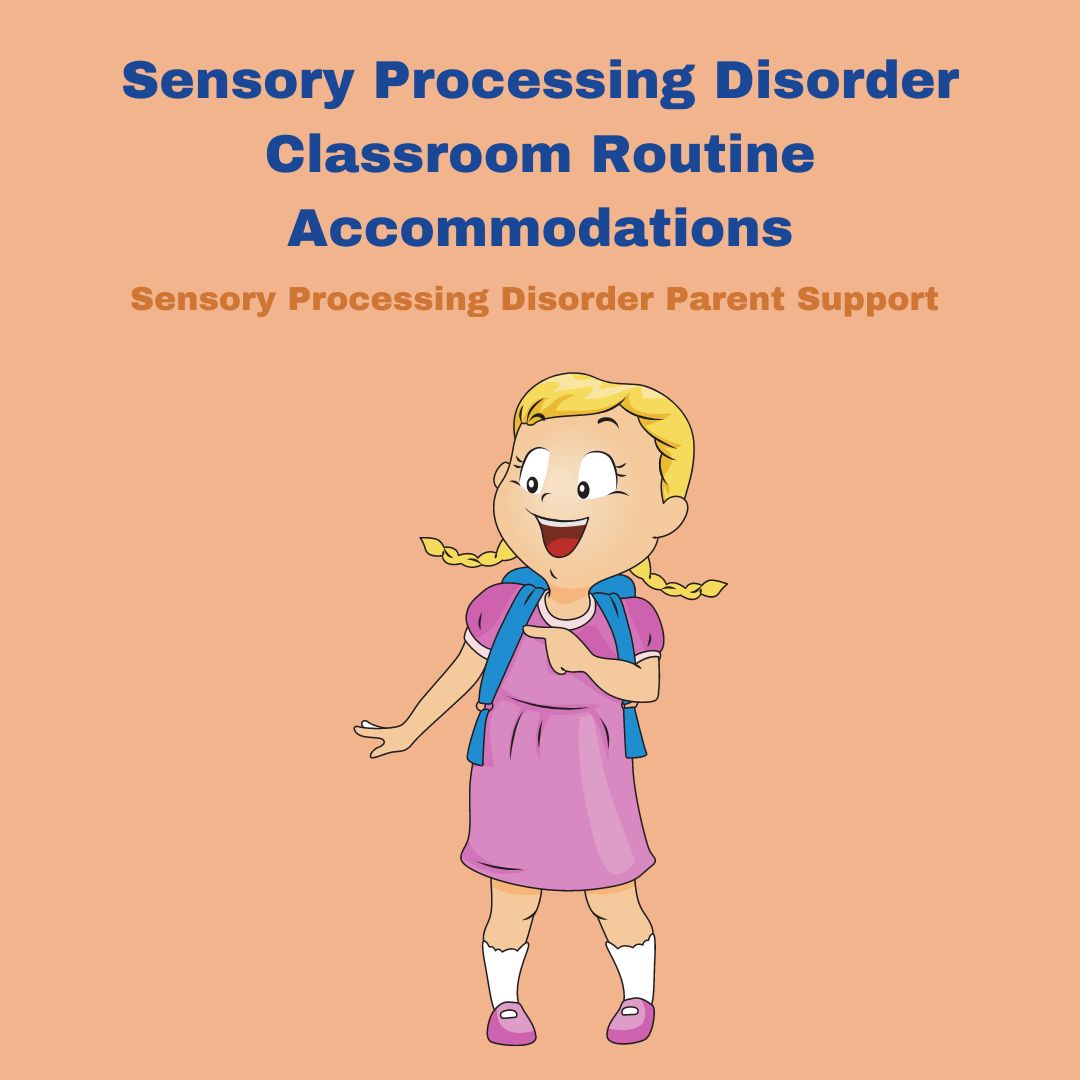
To support a child who has sensory differences in the classroom, accommodations must be made to ensure they can learn and thrive in their school environment.
It would be very beneficial for a child who struggles with sensory difficulties to have a flexible drop-off time for school. Some children may need the extra time and support to transition from home to school. A flexible drop off time can help ease their anxiety and make the transition smoother. Morning routines at home can be very challenging for the child's parents and a little extra time to get their child dressed and out the door can be very helpful for drop off times.
Visual directions and expectations around the classroom are so important for children who have sensory differences. These children are usually visual learners and that means they understand and process information better when it is presented visually. Providing visual aids like pictures or diagrams for tasks around the classroom and classroom expectations can help children understand and follow directions more effectively.
Picture schedules are a common and very important accommodation for children with sensory processing disorder while they are at school. Visual picture schedules outline the daily routine for the child in a visual format. This can help the child anticipate and prepare for what is coming next and through their day at school. Visual picture schedules can provide a sense of structure and predictability which can be comforting for children who have sensory processing disorder. When a child knows what is next in their schedule and what to be prepared for, this will cut down on anxiety and sensory meltdowns.
It is very important for teachers to know and understand each student's individual sensory needs. When they teacher knows and understands the child's sensory needs they can make appropriate accommodations and modifications to the classroom environment to support each child's specific sensory needs.
Including sensory breaks and activities into the classroom routine is very important for children who may be struggling with sensory difficulties. These breaks allow children to regulate their sensory systems and refocus their attention and that can improve the child's ability to learn and participate in the classroom.
When supporting children who have sensory issues at school, a teacher and parent should always have open communication. Teachers should be informed of any strategies or sensory accommodations that have been successful at home and parents should be made aware of any difficulties their child may be experiencing in the classroom or at school. Being on the same page and working together can help the child receive consistent support and accommodations in both environments.
- posting visual schedules where the child can see them
- giving warning ahead of schedule of any changes
- keeping consistency in daily routine
- scheduling recess times and not taking them away
- using visual photos of sensory input choices
- posting visual directions and expectations around the classroom
- having flexible drop off and pick up times
- giving warning ahead of schedule of any changes
- keeping consistency in daily routine
- scheduling recess times and not taking them away
- using visual photos of sensory input choices
- posting visual directions and expectations around the classroom
- having flexible drop off and pick up times
- scheduling sensory breaks throughout the day
Here are some more helpful Sensory Processing Disorder Resources
DISCLAIMER: I am not an Occupational Therapist. I am an adult who has Sensory Processing Disorder, a sensory parent and a Grandma. The information on this website is not medical advice and does not replace the information that your child's therapists gives you. These are just ideas and information that I have learned myself over the years of being a parent and an adult living with SPD. If you are concerned for your child, please always seek medical attention through a family doctor, pediatrician or therapist. This website is for suggestions and informational purposes only. Each child is different and what works for one child may not for another because all children have different needs. Please always consult with a professional.
Amazon offers a small commission on products sold through their affiliate links on my website. Each of your purchases through links on my website for Amazon affiliation links or sponsored links supports me but at no additional cost to you so thank you for your purchases. I appreciate it so much!
